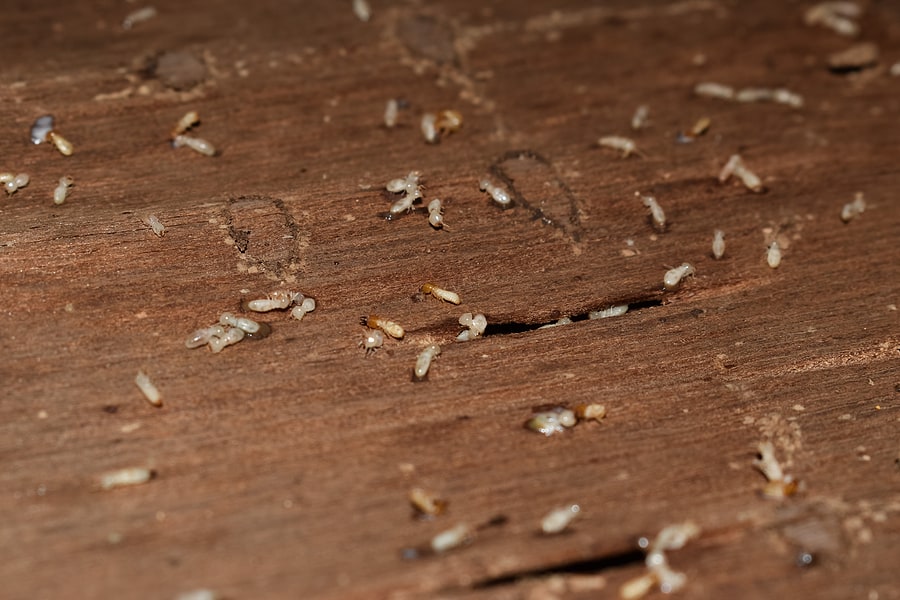Alabama Termite Control: What Termite Treatment Do I Need?
Termites will not stop until they find a food source for their colony, often destroying our homes in the process. A termite infestation can be devasting, as their damage can cost billions of dollars in repair. One of the best ways to avoid their damage is investing in termite control for your Alabama home. Let’s review the signs of termites and the several types of termite treatment options available so you can avoid their devastation.
Common Signs of Termites
Termites are silent destroyers, meaning they can go unnoticed for extended periods. However, there are many ways that you can tell you have a termite infestation.
- Sounds: Soldier termites will bang their heads against wood or shake their bodies when a colony is disturbed to alert other termites in the colony. You will often hear a quiet clicking sound coming from the walls.
- Wings: Swarming termites leave their nest to search for a mate to establish a new colony. When they find a mate, they will lose their wings. These discarded termite wings are often found near doors or windowsills and are a sign of an infestation.
- Warping: Termites produce moisture when tunneling through the wood. If they make their way through window frames and doors, it will cause them to warp, which makes them difficult to open. Warping will also cause uneven or bubbling paint.
- Wood Damage: When termites consume wood from the inside out, it will often make a hollow or papery sound when tapped on.
Termite Treatment Options
When investing in termite treatment and prevention options, there are three common types of professional treatments that every homeowner should know, including bait stations, liquid-soil treatments, and wood treatments.
- Bait Stations: Installed at the perimeter of your home, bait stations will provide a food source for termites. When found, the termites will bring the food back to their colony, where it eliminates them. This treatment can take longer, but it does eliminate the entire colony once the termites find it. A termite service professional will monitor and refill the station when needed.
- Liquid-Soil Treatments: This treatment is installed by digging a trench around the perimeter of your home and filling it in with liquid termiticide. If termites travel from your home and back to their colony, they pass through this termiticide, which will eventually eliminate them.
- Wood Treatments: This treatment is used when treating existing wood structures. The wood treatment can either be a surface or injected spray/foam. Treatment is applied by spraying directly onto the wood, where it will eliminate the existing termites and provide preventative treatment for the future.
If you’re interested in these termite treatment options, consider contacting your local pest control company for more information. These professionals can provide you with a comprehensive inspection and help determine the best termite control plan for you and your home.
